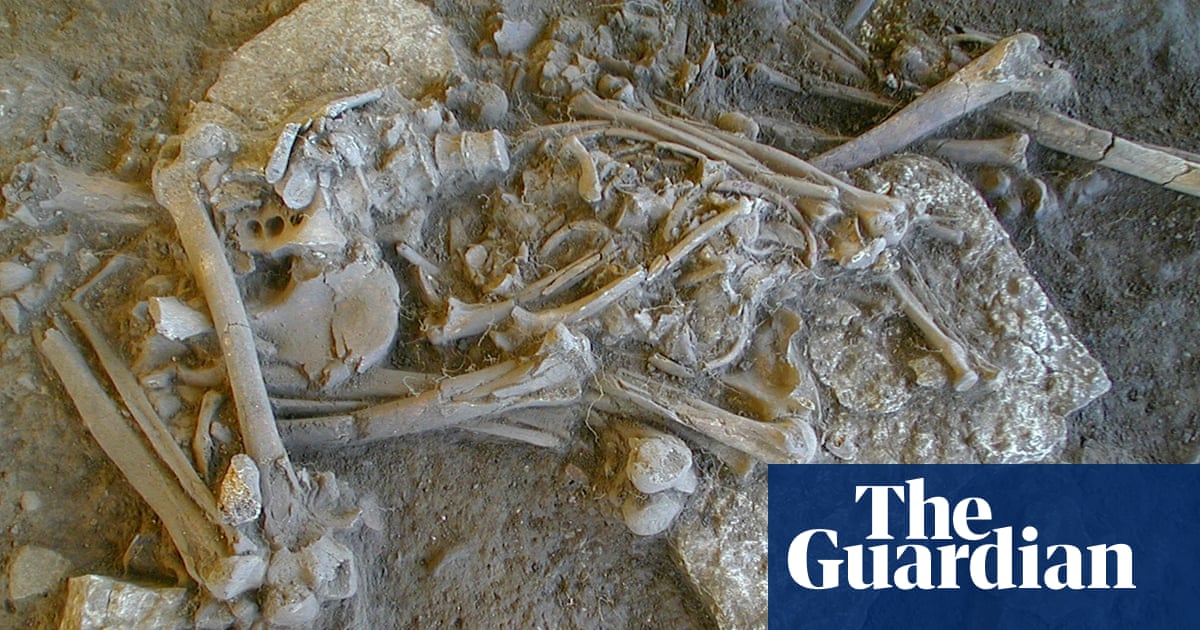With the rise of global warming, risks of such epidemics increases … thankfully today, we have antibiotics and vaccines against plague. So, let’s try real hard not to decay back into stone age.
I wouldn’t be too reliant on antimicrobials.
https://www.who.int/news-room/fact-sheets/detail/antimicrobial-resistance
Yes, this is a real concern …
… but allow me to express it in a funny way : some microbes are trying real hard to find a cure against penicillin.When on the gallows, humour may be all you have left 😄
That is not untrue.
Post just before this one: We are in a race with ever-evolving bacteria — and we are losing. Climate change is making the battle much harder
Edit: Better link?
Edit edit : that link crashes Jerboa: [email protected]/post/11406660
Yes, thanks.
Same link but from : lemmy.world
https://lemmy.world/c/[email protected]
… Climate change could return us to the pre-antibiotic era :
https://lemmy.world/post/17552975Hi there! Looks like you linked to a Lemmy community using a URL instead of its name, which doesn’t work well for people on different instances. Try fixing it like this: [email protected]
I would argue that the higher risk for this is the constant travel between countries.
A plague that may have affected a specific area in the past will now hit all humanity in a couple of months, as seen with covid.
Also constant travel is one of the big contributors to global warming.
These two ancestral Y. pestis genomes were identified from a Swedish individual with Neolithic Farmer (that is, Anatolian-derived) ancestry (5035–4856 cal. bp)4 and an individual from Latvia with hunter-gatherer ancestry (5300–5050 cal. bp)10, respectively. Although these genomes are of very similar age and ancestral to all other plague genomes available, the two studies arrive at different conclusions: Rascovan et al. argue that their finding supports a role of plague in the Neolithic decline whereas Susat et al. conclude that these early plague forms are probably a result of sporadic zoonotic events.
Time to check on the mooFlu in the US.
The Neolithic population crash in northern Europe occurred from about 3300BC to 2900BC. By that time, cities and sophisticated civilisations had already arisen in places such as Egypt and Mesopotamia. [emphasis added]
I will recommend a good book that I’m currently reading: 1177 B.C.: The Year Civilization Collapsed
It’s largely about the possibility of The Sea Peoples as the primary force for multiple civilizational collapses, but the author does a pretty good job of pointing out how little or no evidence really exists in many of the cases discussed. It’s giving me a lot more perspective about the type of cultural sharing that was going on around the Mediterranean at that time.






